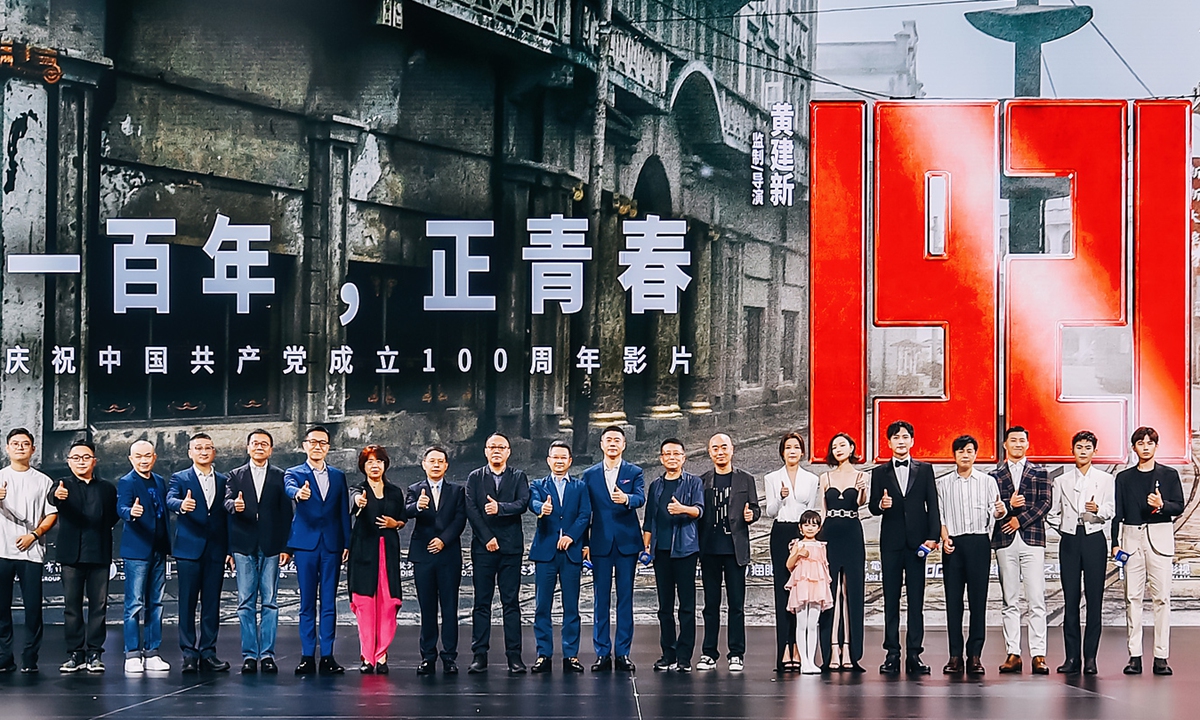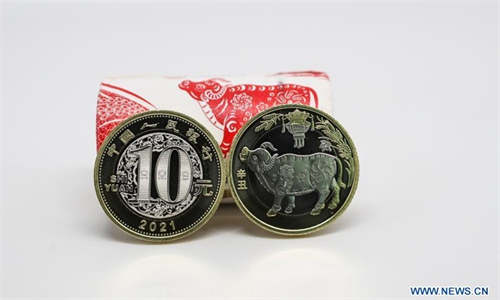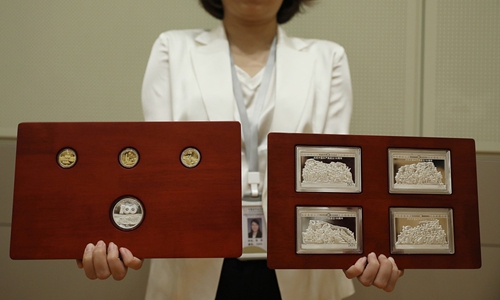ARTS / FILM
From ‘1.0’ to ‘3.0’, the evolving road of Chinese commemorative films

Group photo for movie 1921 Photo: Courtesy of Tencent
Chinese theaters are welcoming a special film schedule – a “red film” or “commemorative film” season – in July as the first of the month marks the 100th anniversary of the founding of the Communist Party of China (CPC). Chinese films 1921 and The Pioneer have locked in the date for their releases and they will not be the only patriotic films to be released in the rest of the month.In China, commemorative film, a king among genres in the country, experienced three high tides, with each “wave” featuring some major evolutions to the genre.
The genre was initiated in 1959 on the 10th anniversary of the founding of the CPC. These “1.0” versions of the genre mainly depicted significant historical or revolutionary events and all the main characters in the films are historical figures.
Films during this period, which ran until the late 2000s, were produced mainly by state-owned film studios under the influence of the country’s planned economy.
Decisive Engagement: The Liaoxi-Shenyang Campaign, a film released in 1991, is a representative example of a 1.0 film that was released to educate the public about the nation’s history.
The genre underwent its first major change in 2009 during the celebrations surrounding the 60th anniversary of the founding of the People’s Republic of China. Released that year, Chinese historical film The Founding of a Republic set the example for the “2.0” version of the genre.
During this time Chinese production teams began to implement lessons learned from Hollywood historical films by implemented more commercial elements and means of marketing. The most successful of these methods was the use of star power – inviting well-known actors and actress to play major roles in order to attract the younger generation of moviegoers.
Although these films are still based on political elements, their stories began incorporating diversified themes such as romance, coming of age and suspense.
Starting around 2015, the “3.0” era was firmly ushered in 2019 with the film My People, My Country. During this period, directors and filmmakers have striven for a more personalized touch by focusing their lenses on the average Chinese citizen and portraying how historical events impacted people’s daily life.
The main characters of these films are no longer great men or women but ordinary people whose emotional experiences are used to personalize the march of history. The aim of these films is to maximize audience empathy for characters.
To date, film’s featuring war stories or military elements, such as Operation Mekong, Wolf Warrior 2 and Operation Red Sea, have been the most successful examples of 3.0 films.
However, as the tastes of Chinese moviegoers have continued to change, packaging the genre through Hollywood-style commercialization is proving less effective. It is now time to start moving toward a “4.0” era and we need to think about finding better ways to resonate with young Chinese moviegoers.


